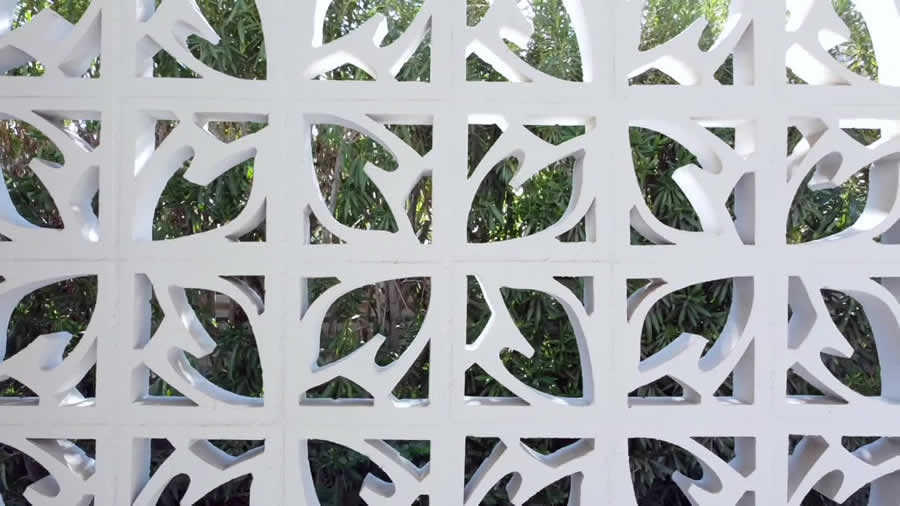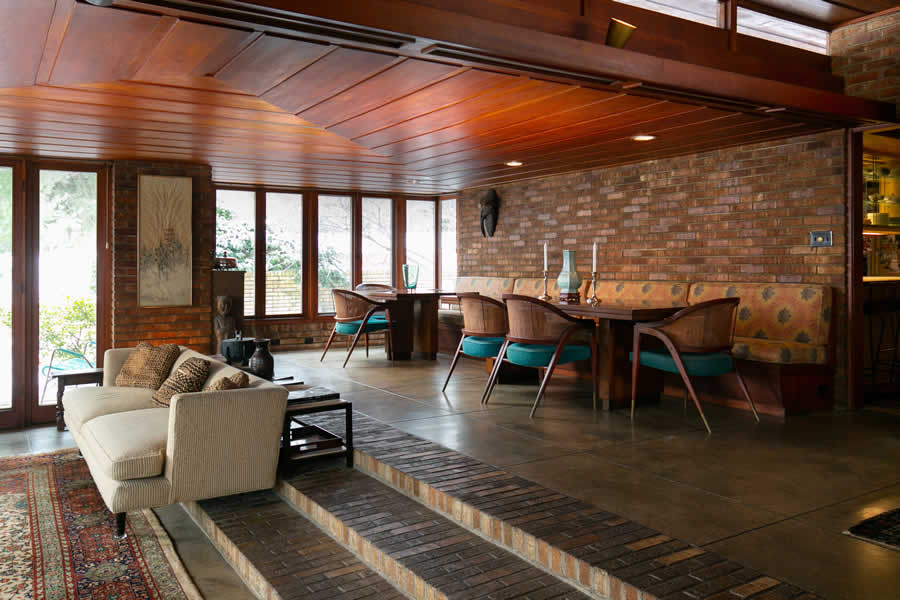HERE ARE ELEMENTS THAT DEFINE A MODERN HOME
By Rochelle Mortensen
Modern architecture has lasting appeal and is highly collectible. Different from contemporary architecture, which allows for more private spaces and decoration, true modern architecture is minimalist in design with an emphasis on practical use of space.
LUXURY REAL ESTATE
Often thought of as having been built between 1933 and 1965, the modernist movement continues to have a strong influence on residential architecture today. If you’re on the hunt for a modern home with classic appeal, here’s a guide to features a modern home with the highest value might have.
Enlarge

MINIMALIST
From the outside in, modern architecture emphasized clean simplicity with minimal decoration. Textures used in building materials are generally smooth and consistent. The modern architectural masters intended the building itself to be the only ornamentation needed. For example, you’ll often find block walls with organic or geometric patterns.
Enlarge

NATURAL
Most modern construction aimed to integrate the home with nature by providing ample, large windows (often floor to ceiling), and multiple access points. Expansive outdoor living spaces are as important as smaller, more intimate indoor spaces.
Enlarge

MATERIALS
Because modern architecture is meant to be egalitarian and with minimal ornamentation, the building materials used were selected for their innate beauty. Conventional building materials like wood, brick and stone were used in ways that emphasized their beauty. For example, the trademark brickwork in Usonian homes will include careful attention to the mortar to ensure it is flush with the brick face and joints are neatly aligned. Such homes also made broad use of artfully installed tongue and groove wood paneling on the ceiling.
Enlarge

FUNCTION
Remember that function is as important as form in modern design. That means that rather than using purely ornamental elements in a house, every element in the home has a practical function in addition to adding beauty.
Enlarge

FLAT PLANES
Unlike the preceding popular American architectural styles, such as neoclassical, beaux arts or Queen Anne, modernist homes emphasized the use of flat planes and regular geometric lines. Many midcentury homes were single-story houses with flat roofs and rectangular in form.
Enlarge

DEFINED SPACES
Modern homes place strong importance on open, well-defined floor plans. Unlike homes of the past, which were often comprised of a series of singular-purpose rooms, modern homes used visual clues to define spaces rather than walls. Dining spaces flowed into living rooms, often separated by a change in ceiling height or elevation (as in sunken conversation pits, cabinets of varying heights or dropped ceilings).
Enlarge

ORGANIC
Organic, asymmetrical forms are also a prized component of modern architecture. Complementing the landscape through color, shape and building materials is particularly important. As Frank Lloyd Wright said, “The good building is not one that hurts the landscape, but one which makes the landscape more beautiful than it was before the building was built.”
Enlarge

DETAILS
As with any home, pride of ownership shines brightest through regular and proper maintenance. This is especially true with modern homes. Since decoration is minimal, the fine details must be meticulously preserved or restored for a homeowner to protect the home’s value.
 ROCHELLE MORTENSEN is manager of Heritage Auctions’ Luxury Real Estate (HA.com/LuxuryRealEstate). To learn more about luxury real estate auctions, call 855.261.0573 or email LuxuryEstates@HA.com.
ROCHELLE MORTENSEN is manager of Heritage Auctions’ Luxury Real Estate (HA.com/LuxuryRealEstate). To learn more about luxury real estate auctions, call 855.261.0573 or email LuxuryEstates@HA.com.

